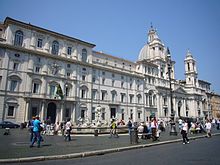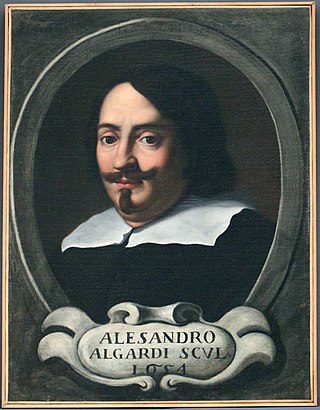
Alessandro Algardi was an Italian high-Baroque sculptor active almost exclusively in Rome. In the latter decades of his life, he was, along with Francesco Borromini and Pietro da Cortona, one of the major rivals of Gian Lorenzo Bernini, in Rome. He is now most admired for his portrait busts that have great vivacity and dignity.
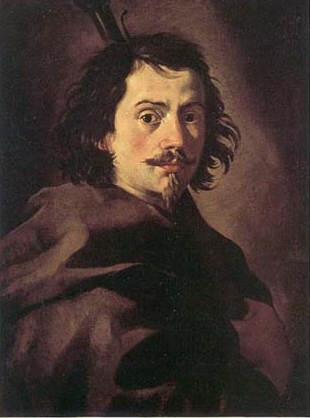
Francesco Borromini, byname of Francesco Castelli, was an Italian architect born in the modern Swiss canton of Ticino who, with his contemporaries Gian Lorenzo Bernini and Pietro da Cortona, was a leading figure in the emergence of Roman Baroque architecture.

Pope Innocent X, born Giovanni Battista Pamphilj, was head of the Catholic Church and ruler of the Papal States from 15 September 1644 to his death, in January 1655.

Pietro da Cortona was an Italian Baroque painter and architect. Along with his contemporaries and rivals Gian Lorenzo Bernini and Francesco Borromini, he was one of the key figures in the emergence of Roman Baroque architecture. He was also an important designer of interior decorations.
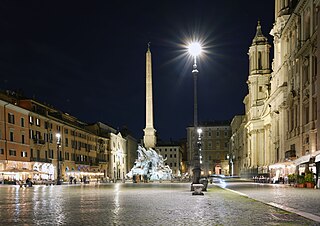
Piazza Navona is a public open space in Rome, Italy. It is built on the site of the 1st century AD Stadium of Domitian and follows the form of the open space of the stadium in an elongated oval. The ancient Romans went there to watch the agones ("games"), and hence it was known as "Circus Agonalis". It is believed that over time the name changed to in avone to navone and eventually to navona.

Girolamo Rainaldi was an Italian architect who worked mainly in a conservative Mannerist style, often with collaborating architects. He was a successful competitor of Bernini. His son, Carlo Rainaldi, became an even more notable, more fully Baroque architect.
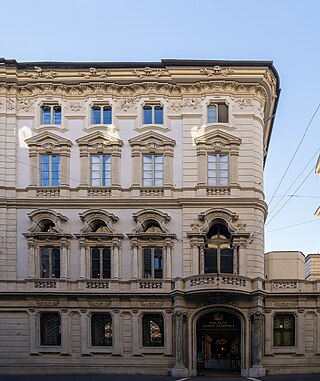
The Galleria Doria Pamphilj is a large private art collection housed in the Palazzo Doria Pamphilj in Rome, Italy, between Via del Corso and Via della Gatta. The principal entrance is on the Via del Corso. The palace façade on Via del Corso is adjacent to a church, Santa Maria in Via Lata. Like the palace, it is still privately owned by the princely Roman family Doria Pamphili. Tours of the state rooms often culminate in concerts of Baroque and Renaissance music, paying tribute to the setting and the masterpieces it contains.

The Palazzo Barberini is a 17th-century palace in Rome, facing the Piazza Barberini in Rione Trevi. Today, it houses the Galleria Nazionale d'Arte Antica, the main national collection of older paintings in Rome.

Fontana dei Quattro Fiumi is a fountain in the Piazza Navona in Rome, Italy. It was designed in 1651 by Gian Lorenzo Bernini for Pope Innocent X whose family palace, the Palazzo Pamphili, faced onto the piazza as did the church of Sant'Agnese in Agone of which Innocent was the sponsor.

Sant'Agnese in Agone is a 17th-century Baroque church in Rome, Italy. It faces onto the Piazza Navona, one of the main urban spaces in the historic centre of the city and the site where the Early Christian Saint Agnes was martyred in the ancient Stadium of Domitian. Construction began in 1652 under the architects Girolamo Rainaldi and his son Carlo Rainaldi. After numerous quarrels, the other main architect involved was Francesco Borromini.
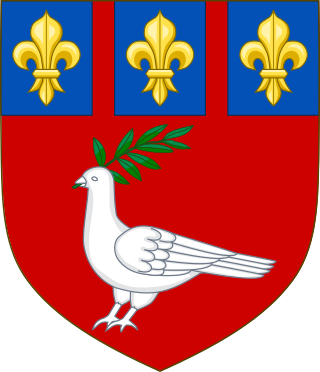
The House of Pamphili was one of the papal families deeply entrenched in Catholic Church, Roman and Italian politics of the 16th and 17th centuries.

The Villa Doria Pamphili is a seventeenth-century villa with what is today the largest landscaped public park in Rome, Italy. It is located in the quarter of Monteverde, on the Gianicolo, just outside the Porta San Pancrazio in the ancient walls of Rome where the ancient road of the Via Aurelia commences.

Francesco Barberini was an Italian Catholic Cardinal. The nephew of Pope Urban VIII, he benefited immensely from the nepotism practiced by his uncle. He was given various roles within the Vatican administration but his personal cultural interests, particularly in literature and the arts, meant that he became a highly significant patron. His secretary was the antiquarian Cassiano dal Pozzo who was also a discerning patron of the arts. Francesco was the elder brother of Cardinal Antonio Barberini and Taddeo Barberini who became Prince of Palestrina.

The Palazzo Colonna is a palatial block of buildings in central Rome, Italy, at the base of the Quirinal Hill, and adjacent to the church of Santi Apostoli. It is built in part over the ruins of an old Roman serapeum, and it has belonged to the prominent Colonna family for over twenty generations.
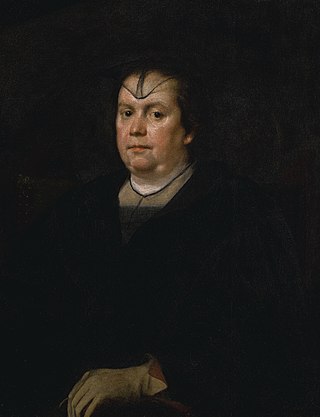
Olimpia Maidalchini Pamphilj, Princess of San Martino, , was the sister-in-law of Pope Innocent X (Pamphili). She was perceived by her contemporaries as having influence regarding papal appointments.

Olimpia Aldobrandini was rich and powerfull Italian noblewoman. By birth, she was member of an old and influential Aldobrandini family of Rome, and the sole heiress to the great family fortune.

Camillo Francesco Maria Pamphili was an Italian Catholic cardinal and nobleman of the Pamphili family. His name is often spelled with the final long i orthography; Pamphilj.
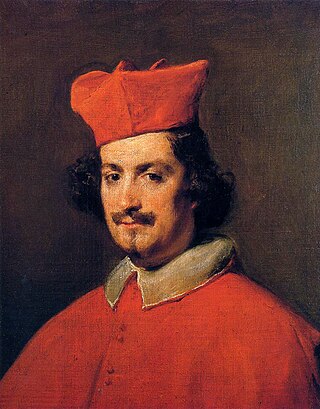
Camillo Astalli was an Italian Catholic Cardinal and Cardinal-Nephew of Pope Innocent X who served as Cardinal Priest of San Pietro in Montorio (1653–1662), Camerlengo of the Sacred College of Cardinals (1661–1662), and Archbishop of Catania (1661–1663).
Olimpia Giustiniani was an Italian noblewoman of the houses of Giustiniani and Barberini. She was the granddaughter of Olimpia Maidalchini, grand-niece of Pope Innocent X and wife of Maffeo Barberini, Prince of Palestrina.

Francesco Maidalchini was an Italian Cardinal of the Roman Catholic Church.


